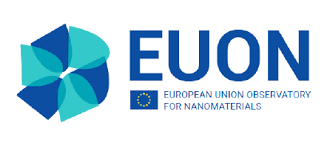Chemycal has been acquired by 3E
Learn MoreChemycal has been acquired by 3E
Learn MoreDiscover how Chemycal PRO helps you boosting your regulatory monitoring:

The European Union Observatory for Nanomaterials (EUON) has taken a significant stride in addressing the growing presence of nanomaterials in consumer products by publishing a study that delves into the potential of computational methods for safety assessments. As nanomaterials continue to find their way into a myriad of everyday products, such as solar cells, paints, food additives, and cosmetics, understanding their potential hazards and risks has become an imperative task. In response, the EUON's latest study explores computational alternatives to traditional hazard and risk assessments, shedding light on the promising techniques of read-across and in silico approaches.
Computational methods have the potential to expedite assessments while sidestepping animal testing and reducing costs, making them a sustainable choice for safeguarding public health. However, their viability hinges on their relevance and reliability.
The EUON's study is a beacon of hope for the future of nanomaterial risk assessment. It identifies 190 alternative models and methodologies that can be employed in the assessment of nanomaterials. To enhance the robustness of these findings, the study engaged several experts in the burgeoning field of nanoinformatics and executed three case studies to gauge the applicability of various tools and models in the realm of nanomaterial risk assessment.
For those seeking a comprehensive overview of current (read-across) models and tools for in silico risk assessment of nanomaterials, this report offers valuable insights and a promising glimpse into the future of nanosafety.
SOURCE: euon.echa.europa.eu2013 © MyChemicalMonitoring. ALL Rights Reserved. About Us | Terms and Conditions